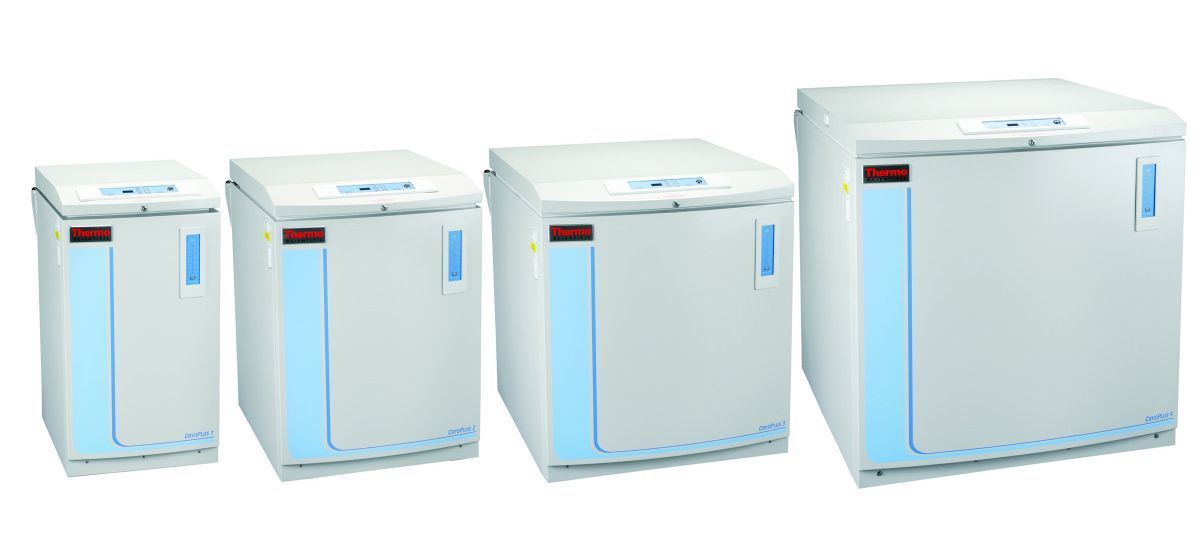How to Use a Cryogenic Freezer in The Right Way: A Guide
A cryogenic freezer is a type of mechanical refrigerator that is used to store things at extremely cold temperatures. The most common use for a cryogenic freezer is to store biological samples, such as blood or tissue. However, they can also be used to store perishable food items, such as ice cream or frozen vegetables.
In order to work, cryogenic freezers must be cooled with liquid nitrogen. This gas evaporates quickly, which helps to keep the interior of the freezer at a consistent temperature. As a result, cryogenic freezers are much more effective at preserving food than traditional refrigerators.
The process of cryogenic freezing:
- Cryogenic freezing is a process that uses extremely cold temperatures to preserve biological material.
- The material is first cooled to -196°C using liquid nitrogen, and then it is placed in a tank of liquid helium, which cools it even further to -269°C.
- At these temperatures, all biological activity comes to a standstill, and the material can be stored indefinitely.
- Cryogenic freezing is used to preserve a wide range of materials, including human cells, tissue samples, and organs.
- In some cases, it may also be used to preserve entire bodies, with the hope that they can be revived in the future.
- While cryogenic freezing is not yet a perfected science, it has the potential to revolutionize medicine and change the way we think about death.
Tips for using a cryogenic freezer:
A cryogenic freezer is a powerful tool that can be used to preserve a wide variety of materials, including biological samples, chemicals, and industrial products. When used properly, a cryogenic freezer can extend the shelf life of these materials by years or even decades.
However, there are a few things to keep in mind when using this type of freezer.
- First, it is important to ensure that the materials being stored are compatible with the low temperatures.
- Second, the materials must be carefully packed to prevent damage during storage.
- Finally, it is important to label the materials clearly and date them so that they can be easily retrieved when needed.
By following these simple tips, you can maximize the usefulness of your cryogenic freezer.
Endnote:
When choosing a cryogenic freezer, it is important to consider the type of material you will be storing. Also, consider the capacity and features that you need. For example, some freezers come with racks that make it easy to organize and retrieve your materials, while others have automatic defrost capabilities to prevent ice buildup. No matter what your needs are, there is a cryogenic freezer out there that is perfect for you.


Comments are closed.